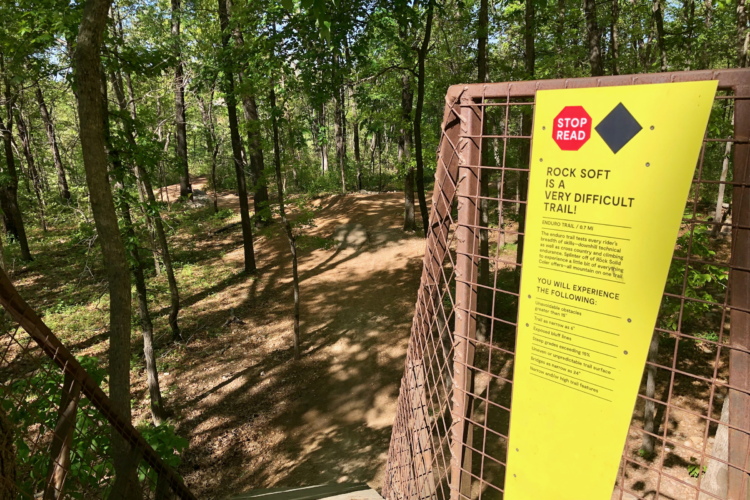
I’m going to steer away from the lumbering arboreal realm that surrounds our trails for this nature-nerd session, and focus on a fascinating plant that enjoys some shade from those towering trees. Urtica dioica, or Stinging Nettle, is a perennial plant that knows how to fend off hungry predators, and strictly prohibits humans from stomping through its thickets. Once prolific across Europe, temperate Asia, and North America, this nutrient-packed herb can be found nearly anywhere in the world today.
Of the six distinct sub-species of nettle, five feature the infamous silicate needles, called trichomes, that pump our skin full of histamine, serotonin, the same formic acid that gives ants their peculiar flavor, and other chemicals that add to the stinging reaction.

Habitat

Stinging nettle grows in damp areas with partial shade, either near water or in soil that can maintain appropriate moisture levels in the shade of nearby tree stands. You will find these prickly plants at elevations ranging from sea level to sub-alpine, spreading “vegetatively” and by seed dispersal alike. The plants have a long seasonal cycle, beginning in late winter and continuing through the first autumnal frost.
Individual specimen can grow to a height of six feet, and taller in some cases, often congregating in large colonies that are connected through extensive root structures. The colonies often exclude other plants, growing thick enough that the leaves of one plant touch those of the next.
Aphids enjoy the shelter of nettle plants, and some gardeners and farmers will plant nettles near other cultivated plants to keep the insects away from their crops. This symbiotic relationship is further fed by the aphids luring other insects that like to eat them, resulting in fewer insects in your vegetable garden.
Identification

- Grow near water or in damp soil, in areas with roughly equal shade and sunshine
- Found in large colonies, often with hundreds of plants
- Coarsely serrated, oval-shaped leaves, emanate from the stem in an opposite pattern
- Shades of green and purple throughout the stem and leaves, with more purple in younger plants.
- Clear to semi-clear needles (trichomes) along the stem and leaves. American Stinging Nettle produces needles on the bottom of the leaves and around the stem, and the European Stinging Nettle adds a layer of needles across the top of its leaves.
Here is an in-depth identification guide, including a harvest guide and pasta recipe.

Human and other animal uses
Nettles are one of the most nutritious plants found in the areas where they grow, making their stinging nature vital to their survival. Without their chemically-packed trichomes, these plants would be devoured by nearby animals before having the chance to thrive and reproduce.
In addition to the aphid shelter mentioned above, nettles are home to a host of other insects that enjoy the plant’s protective forcefield against most grazing animals. Goats and hungry sheep are some of the only herb munchers that are willing to consumer nettle once their stinging trichomes grow in. Several moth and butterfly species depend on the protection of nettles to care for their larva.
Given their large seed production and insect refuge characteristics, nettles attract a bevy of animals that eat the bugs living therein, “like hedgehogs, shrews, frogs and toads, at all times of year. In late summer the huge quantity of seeds produced are food for many seed-eating birds, such as house sparrows, chaffinches, and bullfinches.”

Human uses for nettles are vast and storied, touching the medicinal and culinary narratives of native cultures around the world. The plants, rich in vitamins A and C, iron, potassium, manganese, and calcium, have been harvested for teas and tinctures, and in some cases directly applied to the skin to cure specific ailments. The variety of medicinal uses these plants can provide would fill an entire page and includes reducing stomach aches, skin irritation, blood builder, diuretic, anti-inflammatory properties, hayfever relief, cough suppressant, blood sugar reduction, and a glut of other reported cures.
When not eating or steeping nettle, humans have used its fibrous stalks to make ship sails, ropes, nets, and nearly anything else that we have employed hemp fibers for.
Recipes and other fun uses

Check out this video on harvesting and brewing nettle leaves for tea.
This video shows how to make a bowl of delicious nettle soup.
And this video shares info on the health benefits of nettle roots.
This one shows some steps toward creating cordage from nettle stalks.
Finally, here is a tasty sounding recipe for brewing nettle beer at home.





















6 Comments
Jun 1, 2019
We have had a very wet spring in the Santa Monica Mountains and the poison oak is everywhere.
However, at the same time, due to so much rain a stinging nettle plant grew in one of my half wine barrel that I plant herbs in. It was totally random to me until I touched it. Brought back all the memories as a kid getting into it.
I've been using it to tap all those little poison oak spots on my hands or legs, it helps. Making a tea with it helps as well.
May 31, 2019
May 31, 2019
May 31, 2019
Hilarious.
That said, interesting article. Thanks.
Jun 6, 2019
Jun 10, 2019